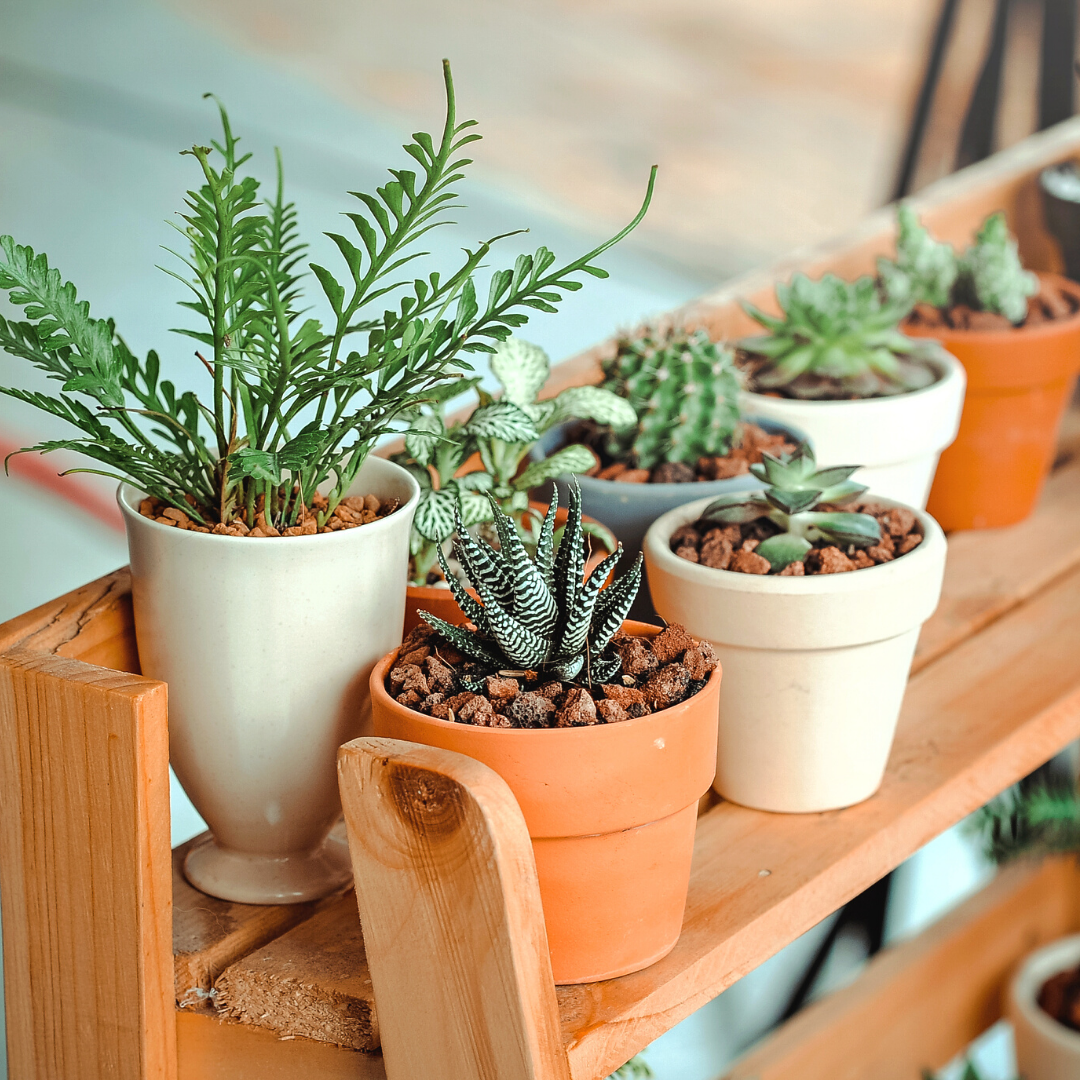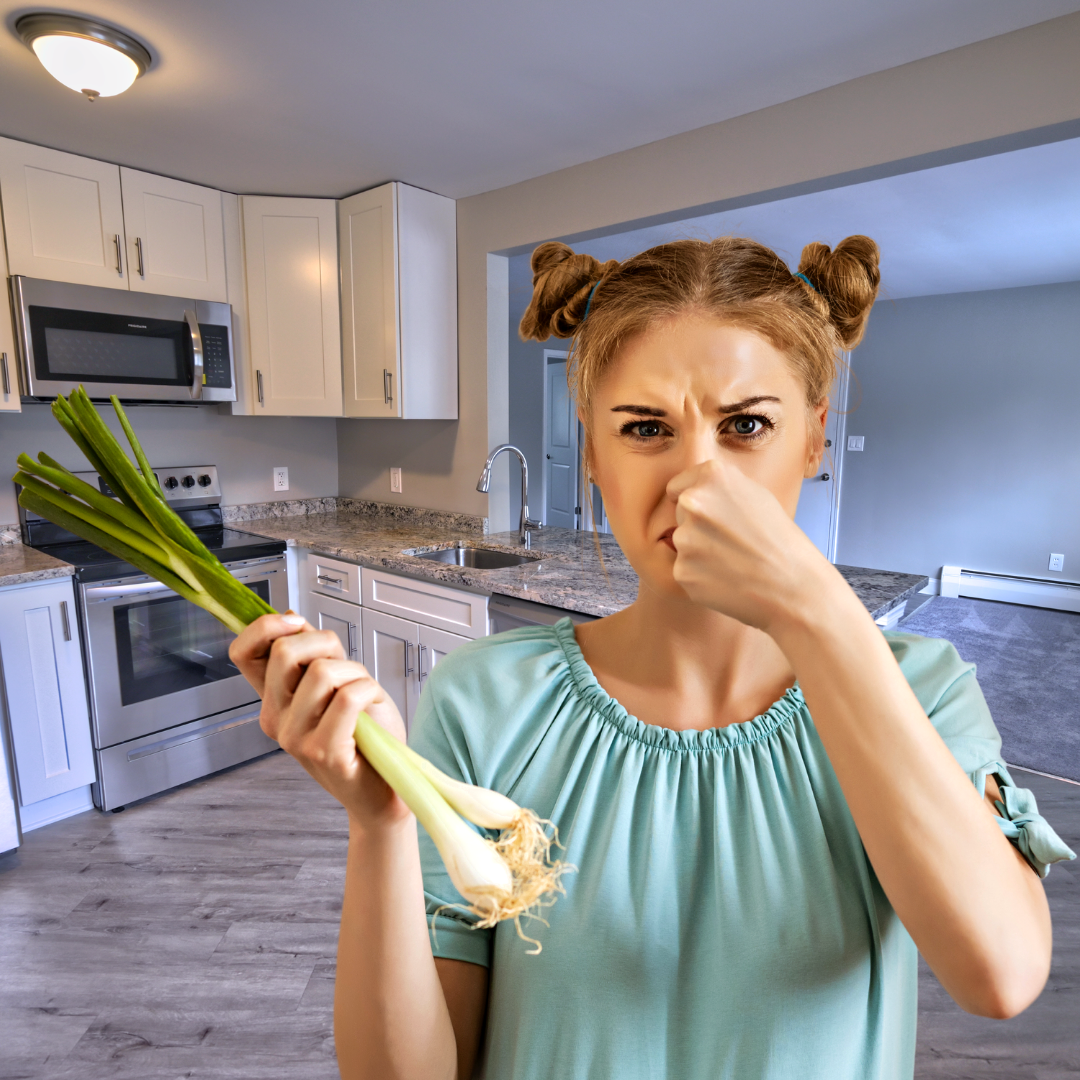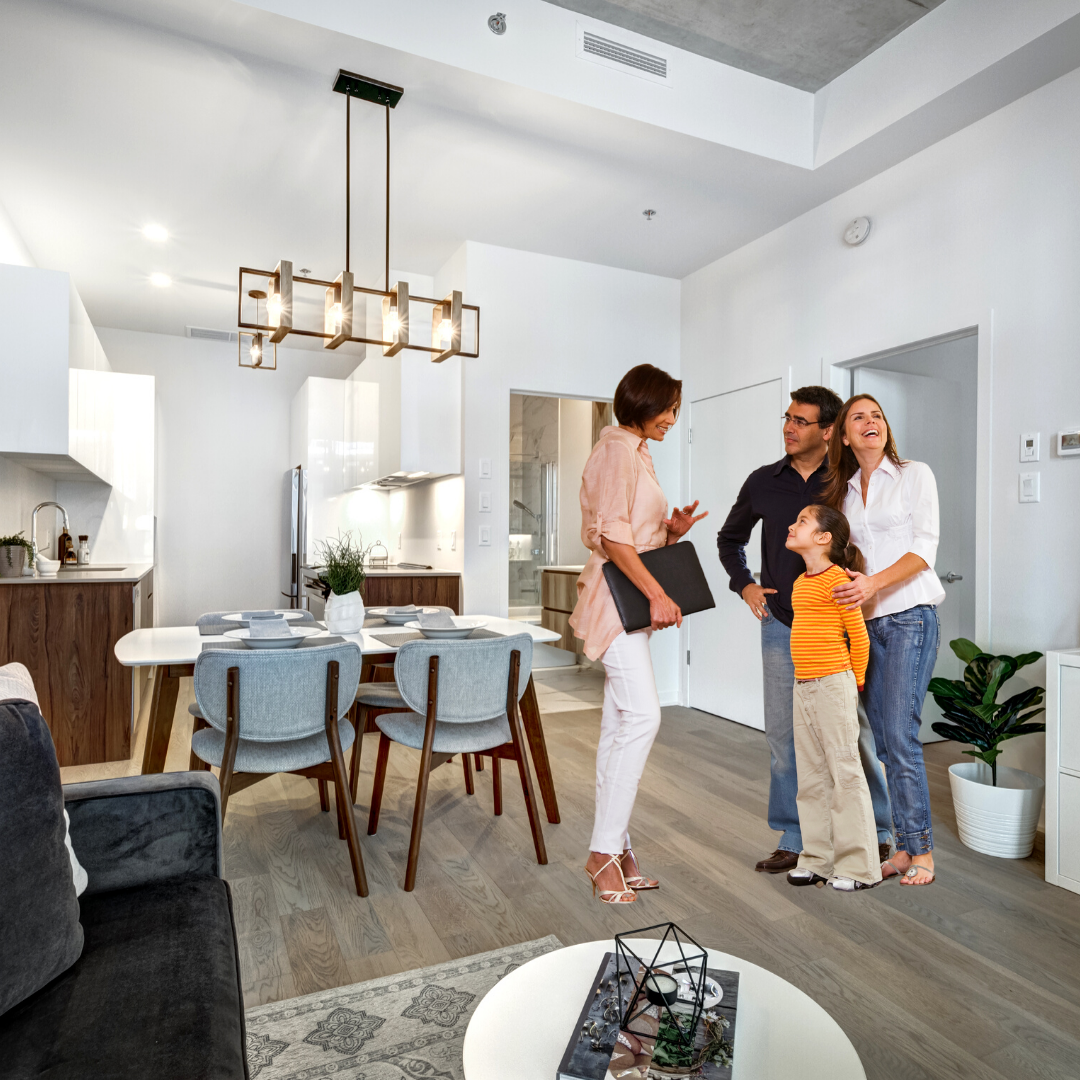
If you’re like me, you love your pets but you also love your plants. Plants can really brighten up a room, add a pop of color, and liven up a space. However, if you’re a pet owner, there are certain plants that can be toxic to your furry friend if they have even the slightest nibble. Let’s keep our pets safe and see which plants are good and which plants are bad for your pet. Here are four plants to avoid buying if you have pets and four alternatives.
Avoid These Plants If You Have Pets
Certain plants can be more toxic to a cat than a dog and vice versa. The four plants to avoid buying if you have pets include:
- Aloe Vera Plants
Aloe vera plants bring many benefits to the room they’re in. However, if you have a pet, this can be very toxic. If your pet somehow eats or even nibbles on the plant, it can cause some health complications. Ingesting it causes vomiting, diarrhea, depression, etc. Keep your pet healthy and avoid buying an aloe vera plant. If you already have one, make sure to keep it out of reach.
- Lilies
Lilies are beautiful, but are highly toxic to cats. If a cat nibbles on any part of a lily, they can have irritation on their tongues, their mouths, and possible digestive problems. Additionally, depending on how much or the type of lily, if it’s ingested it could even cause kidney problems.
- Tulips
Tulips are a popular flower. Although they are beautiful to humans, they are poisonous for dogs, and can be harmful to children and cats if it’s digested. Chewing on tulips can cause irritation of the mouth and esophagus. Symptoms such as drooling, vomiting, and diarrhea can occur. If you love tulips or already have them try to avoid having this plant in reach of your children and pets to ensure everyone’s safety.
- Daffodils
Every part of a daffodil is toxic. “Ingesting any part of the plant – flower, bulb, or any other part can be the cause of severe vomiting, diarrhea, pain, and possible cardiac arrhythmia or respiratory depression” (Mel D, 2021). Avoid buying this plant.
Alternative Plant Options
Now that you know which plants to avoid if you have pets, let’s move on to which alternative plants you can purchase that will keep your pets safe.
- Orchid
Orchids are so beautiful and come in so many different colors. The only downside to orchids is that they can be difficult to take care of and maintain. You have to avoid over-watering them because their roots can rot and ultimately kill the plant. Orchids also need to be fed on a regular basis, so find a balanced fertilizer. You can either feed your orchid once a month, or little by little when you water it.
- Boston Fern
Boston ferns brighten up a space with it’s long, green leaves. Since boston ferns originate in the tropical climates, it’s most suited for an area with filtered lights and high humidity levels. You can keep the fern on a tray with pebbles and do a misting once or twice a week. Most importantly, keep the soil moist and make sure it doesn’t dry out. That’s how Boston ferns die.
- Parlor Palm
If you haven’t had a plant before, parlor palms are perfect for beginners. These plants grow best in bright, indirect light. If you want a smaller plant, then I suggest getting one of the others because this plant can grow between 4 ft. and up to 8 ft. tall.
- Hens and Chicks
Hens and chicks are a type of succulent. It comes in an assortment of unique colors that include reds, greens, blues, purples, golds, or a mixture of a couple different ones. These types of plants are great because they thrive on minimal water and sunlight. You can arrange them in your house with different styled pots, stone planters, or even a window box.
Conclusion
Plants are a great way to add life to a room. If you have pets, there are some you should avoid because they can cause harm to your furry friend. The good news is there are plenty of alternatives to the plants you should avoid. You just have to find the right one that matches your lifestyle, the style of your room and the amount of work you want to put in caring for the plant.
Do you want to learn more about apartment living? Check out the rest of our blog and visit our social media pages!


